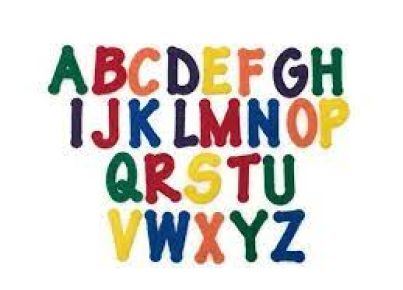As English Language Learners (ELLs) work to master a new language, developing a strong vocabulary is crucial for their success. Teachers and instructors can employ a variety of strategies and techniques to help students build their ELL vocabulary skills. Here are ten effective ways to enhance ELL students’ vocabulary acquisition:
1. Context Clues: Encourage students to use context clues in reading materials to determine the meaning of unfamiliar words. This skill will help them become more independent readers and advance their overall language proficiency.
2. Word Families: Teach word families, groups of words that share a common root or pattern. Understanding word families helps students recognize familiar patterns in new words, making it easier to guess meanings.
3. Visual Aids: Use visual aids such as illustrations, diagrams, and graphic organizers to introduce new words in the context of images. This method aids memory retention and promotes understanding.
4. Flashcards: Encourage the creation and use of individual flashcards for vocabulary review. Include images and example sentences on the cards to further reinforce meaning.
5. Read Alouds: Regularly read aloud to your students, providing opportunities for them to hear new words in context and engage with rich language.
6. Word Walls: Create a word wall in the classroom where new vocabulary terms are displayed along with associated images or illustrations. This serves as a constant visual reminder for ELLs to review and practice new words.
7. Engaging Activities: Use engaging activities like vocabulary games, puzzles, and competitions to motivate ELLs and provide them with opportunities to apply their language skills in various contexts.
8. Encourage Reading: Provide access to age-appropriate reading materials in English that will engage students and expose them to new words in context.
9. Personalized Vocabulary Journals: Have students create personalized vocabulary journals where they record new words they learn, definitions, translations, and example sentences. This allows students to reflect on the vocabulary they are learning and encourages them to take responsibility for their language development.
10. Collaborative Learning: Facilitate opportunities for ELLs to collaborate with native English-speaking students, as this will help boost their confidence and expose them to natural language patterns.
By employing these strategies, educators can create a classroom environment that supports ELLs’ vocabulary development, directly impacting their linguistic growth and overall academic success.





